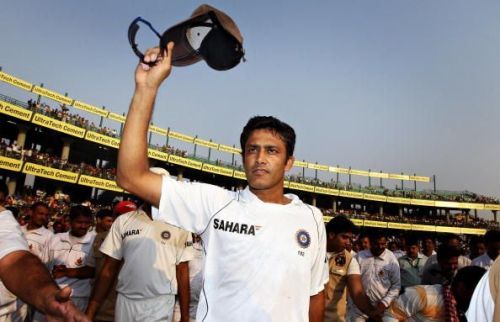
Top 10 leg-spinners of all time
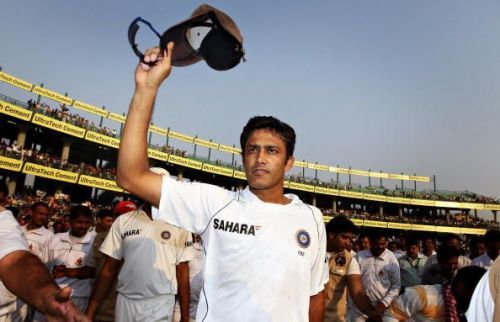
Leg-spin bowling is arguably the most difficult facet of cricket, which explains the reason for there being so few top-class leg-spinners in cricket’s 137-year long history. Leg spin requires immense control, and it needs just a little bit to go wrong for leg-spinners to make an absolute fool of themselves.
While good wrist spinners are like gold dust to a team as they have the ability to dismiss top-order batsmen even on good pitches, they can be a big risk too due to their inclination to leak runs and need to have the backing of their captain.
Leg-break bowlers have to be thick-skinned because the nature of their skill is such that there is bound to be criticism coming their way at some point or the other. Here are the top 10 leg-spinners of all time:
10. Danish Kaneria
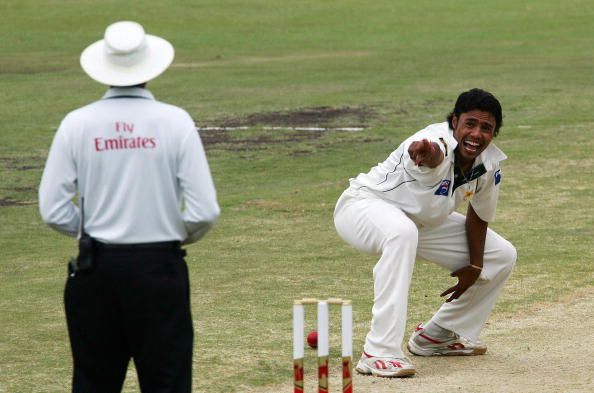
Danish Kaneria’s reputation has taken a beating in recent years due to matters off the field which are better left alone. Be that as it may, Kaneria was a fine leg-spinner in the time that he played for Pakistan as illustrated by the fact that he is Pakistan’s highest wicket-taking spinner, having taken 261 wickets from 61 Tests.
His googly, in particular, was absolutely top class and was one of the major reasons for the impact he had early in his career. Former Australian cricketer and broadcasting legend Richie Benaud, in fact, once remarked that Kaneria’s googly was the best-disguised that he had ever seen. His performances did slowly deteriorate, but that was as much to do with having a largely poor group of players around him as his bowling.
9. Stuart MacGill
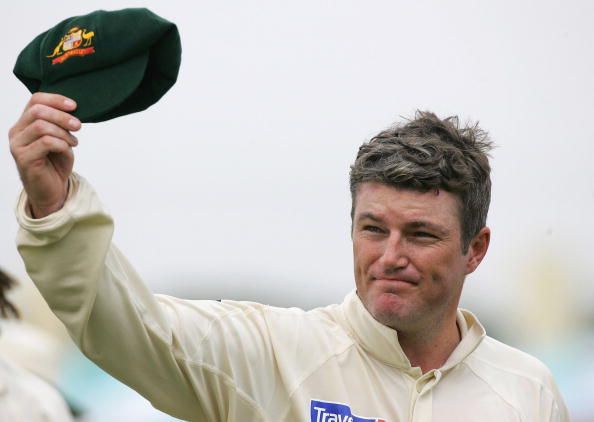
Stuart MacGill is probably one of the most unlucky bowlers ever as his entire playing career was spent in the shadow of Shane Warne. Had he played in any other era, I reckon he would have easily played close to 100 Tests and taken 400 or more wickets.
He did, however, play 44 Tests and picked 208 wickets. Most of those 44 Tests came alongside Warne, and interestingly, he out-bowled Warne in a large majority of the matches. While both MacGill and Warne had leg breaks that turned gigantically, the former possessed a better googly as compared to Warne. MacGill, however, was prone to bowling a boundary ball or two in almost every over and was, thereby, easier to negotiate for batsmen, as they could afford to sit back and wait to punish the loose deliveries.
8. Mushtaq Ahmed
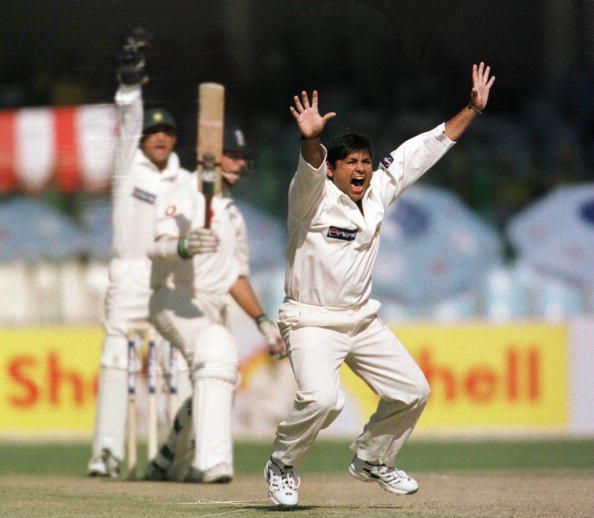
It was apparent right from the outset that Mushtaq Ahmed had modelled his bowling entirely on Pakistan great Abdul Qadir, whom he ended up succeeding in the Test team. Like a lot of Pakistan cricketers though, Mushtaq tapered off rather early which was unfortunate given the enormous potential he possessed.
He finished up with 185 scalps after playing 52 Tests for Pakistan, the last of which came against South Africa in 2003. He also had a long-standing career in county cricket, representing three different counties in Sussex, Surrey and Somerset.
7. Subhash Gupte
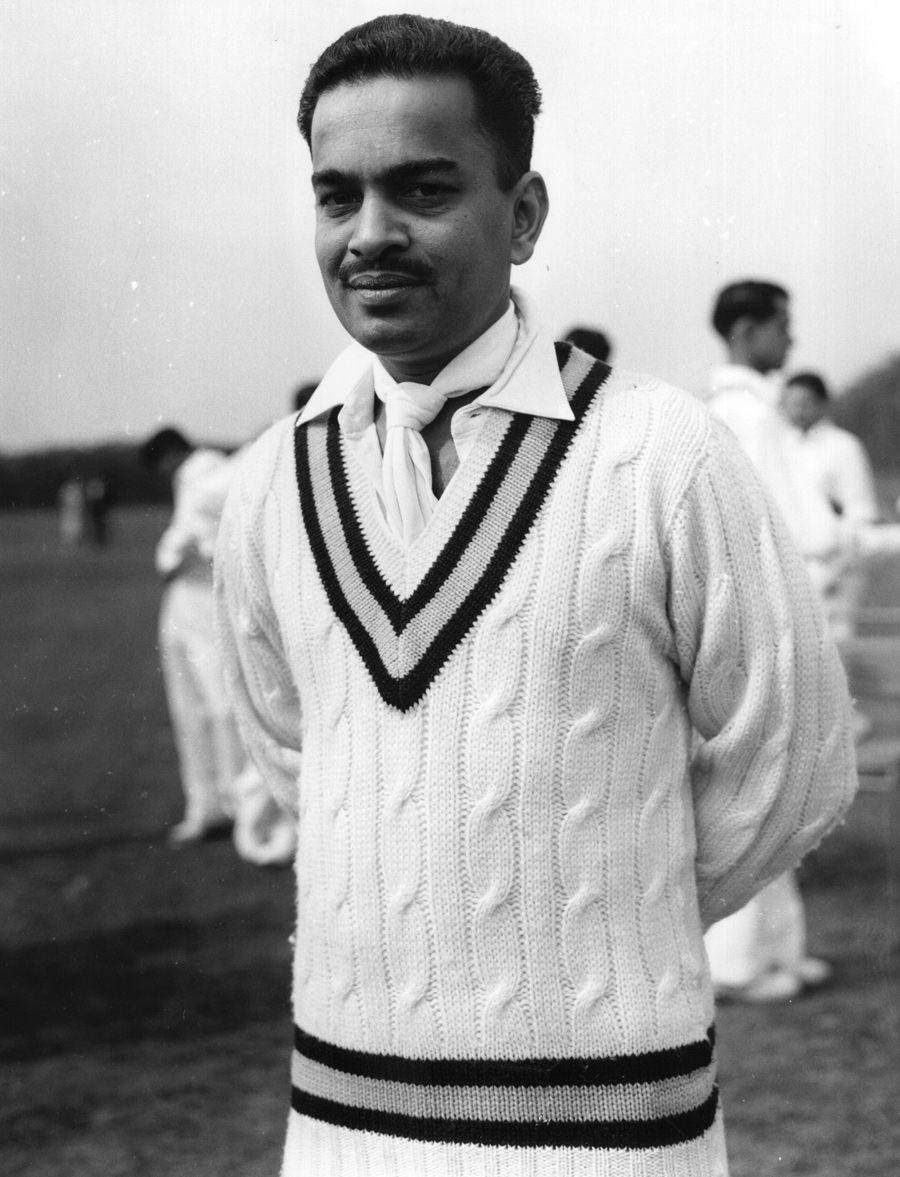
When Sir Garry Sobers, the world’s greatest all-rounder ever, says that Subhash Gupte is the greatest leg-spinner that he ever faced and that Gupte, in his eyes, was even better than Shane Warne, you can’t help but take notice.
Gupte’s Test career got off to a slow start as he went wicketless on his Test debut against England in 1951. Yet he was picked for the tour of West Indies a couple of years later, and he didn’t look back after that. He picked 27 wickets from 5 Tests on pretty good batting pitches against a strong West Indian unit and went on to establish himself as one of the great leg spinners of his generation, taking 149 wickets from 36 Tests.
6. Richie Benaud
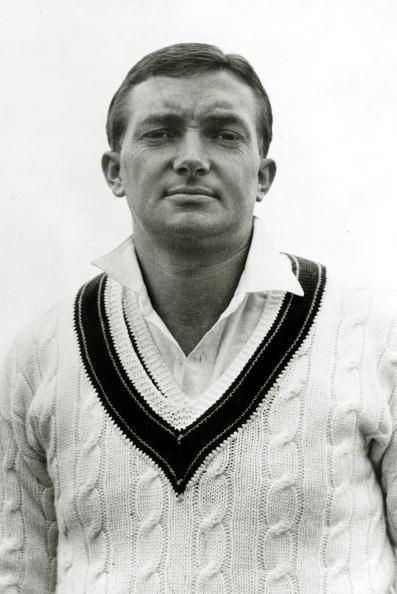
Richie Benaud is one of the most respected voices in the game of cricket after having worked as a commentator for Channel Nine since the late 1970s. One should not overlook, though, the fact that Benaud’s playing career was as distinguished as his career in the media. Benaud, who made his Test debut for Australia in 1952, didn’t have much to show for the first 5-6 years of his Australian career but became one of the leading Australian players of all-time by the late 1950s and early 1960s.
Benaud’s standout performance as a wrist spinner came in Manchester in 1961, when he finished with figures of 32-11-70-6 in the 4th innings and won Australia the Test match by 54 runs. He played his last Test match in 1964 after having taken 248 wickets in 63 Tests at an average of 27.03.
5. Bill O'Reilly
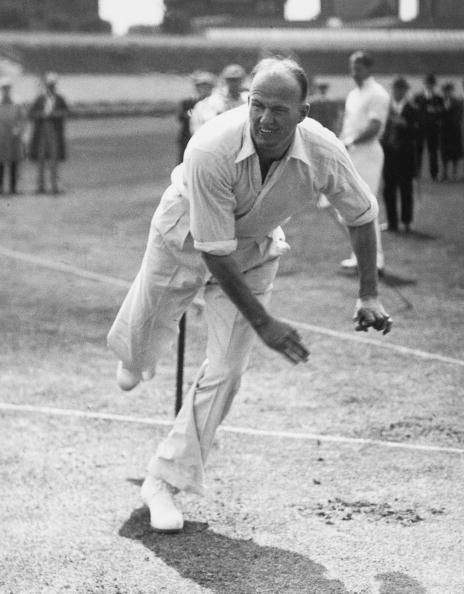
Bill O’Reilly was one of the first outstanding leg-spinners to have played the game of cricket. He played 27 Tests for Australia and took 144 wickets at a fantastic bowling average of 22.59. His supreme quality can be ascertained by the fact that he dismissed Walter Hammond, a truly great batsman of his era, a staggering ten times, which makes Hammond’s average against O’Reilly a modest 22.59.
He was also a genuinely great character of the game and always had a wisecrack up his sleeve. When asked his opinion on Mankading by a journalist once, he quipped: "Son, I never found a batsman that keen to get to the other end."
4. BS Chandrasekhar
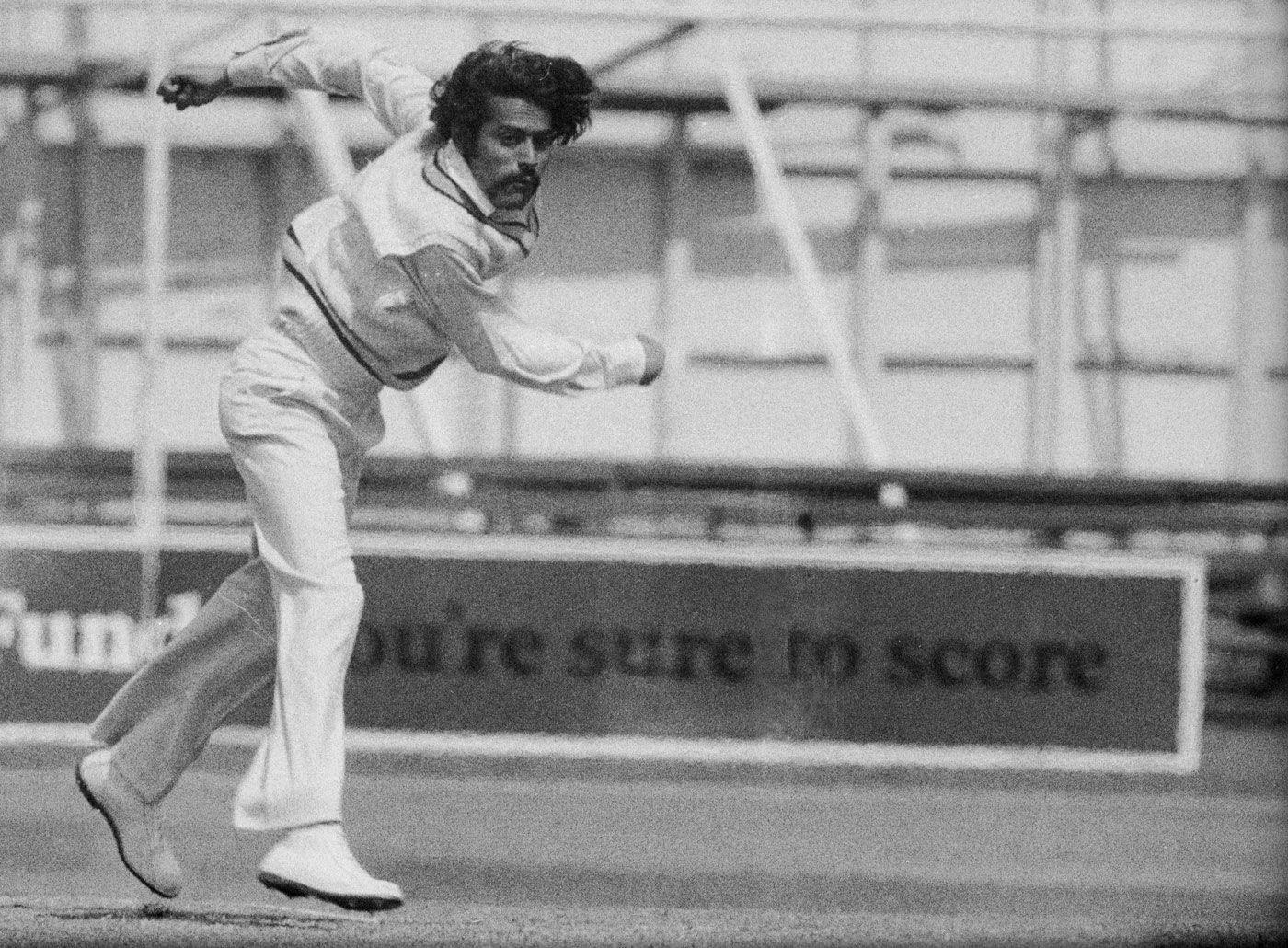
BS Chandrasekhar’s cricketing pedigree is not as talked about as some of his Indian colleagues of the 1970s, which is strange considering he picked 242 wickets from 58 Tests at an average of 29.74. He had a polio attack in his childhood which affected his right arm, but he turned that setback into a massive advantage through his cricket.
What made Chandra, as he was known, particularly challenging to face was his unpredictability as a bowler, so much so that Chandra, in jest, once claimed that he didn’t know what to expect from his bowling. He played an instrumental role in India’s first series win in England and their first-ever victory in Australia: he took 6 for 38 against England at The Oval in 1971 and 12 for 104 against Australia in 1978 at Melbourne.
3. Abdul Qadir
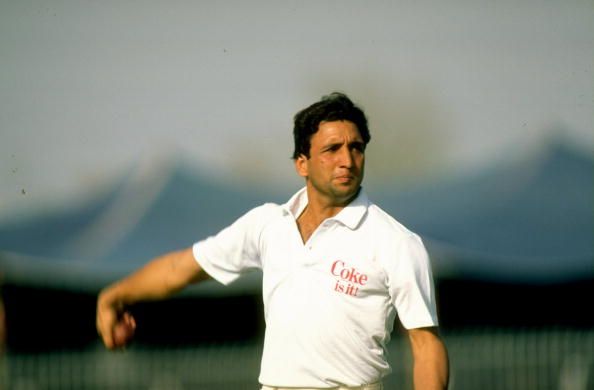
Abdul Qadir took 236 wickets in 67 Test matches and has the best figures for a Pakistan bowler in Test cricket: 9/56 against England in 1987. He had a bag of tricks up his sleeve, a well-disguised googly being the most lethal of them all, with which he wreaked havoc on opposition teams throughout the 1980s. While Imran Khan was the most celebrated Pakistan cricketer of the time, Qadir, without doubt, played as important a role in many of Pakistan’s Test match victories.
2. Anil Kumble
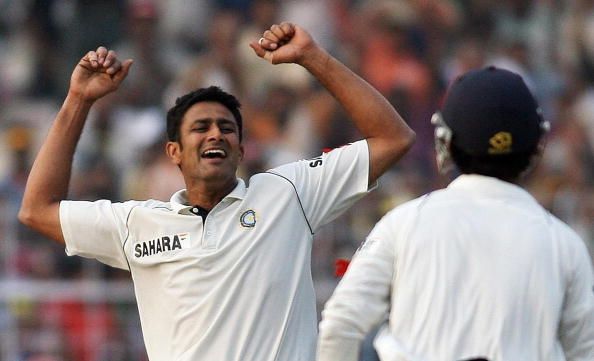
India’s Anil Kumble typifies a cricketer making the absolute most of his abilities. He was written off very early in his career as he wasn’t a big turner of the ball, but he used his accuracy in conjunction with the bounce that he extracted to great effect to finish up with 619 wickets from 132 Tests.
Kumble is India’s leading wicket-taker in Test cricket, way ahead of Kapil Dev, who is 2nd with 434 wickets, and it is unlikely that anyone will catch up with Kumble anytime soon. He was also just the 2nd bowler, after Jim Laker, to take all 10 wickets in an innings in Test cricket, with his match-winning feat of 10/74 being achieved against Pakistan in 1999.
1. Shane Warne
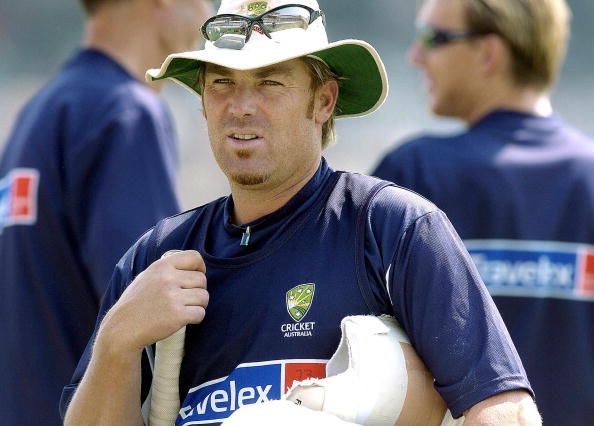
Shane Warne, there is little doubt, is by far the greatest leg-spinner to have ever played the game of cricket. Blessed with an abundance of talent for leg-spin bowling, Warne surprisingly started off his Test career poorly, conceding 1/150 in his first Test match against India in Sydney. But it didn’t take long for Warne to establish himself as a bowler of rare skill, with his match-winning 7/52 against West Indies at the MCG in just his 5th Test making the entire world sit up and take notice of this blonde wrist spinner.
He finished his career on the highest note possible with a staggering 708 wickets from 145 Tests, helping Australia complete a 5-0 whitewash over England in 2006/07.